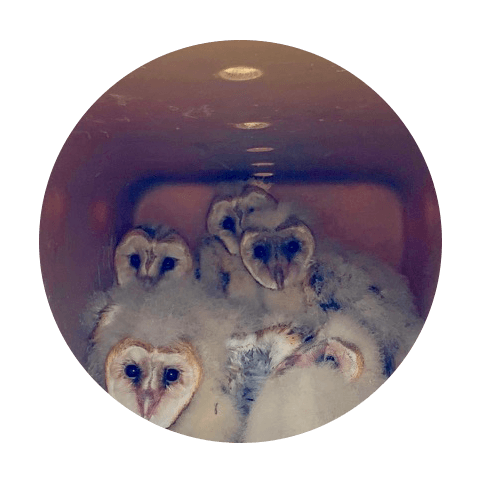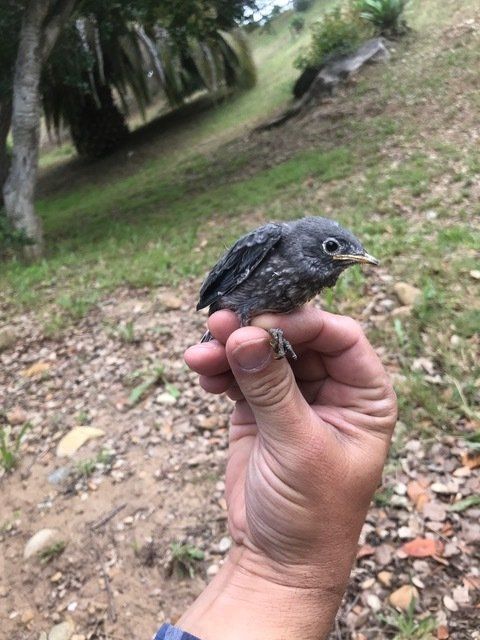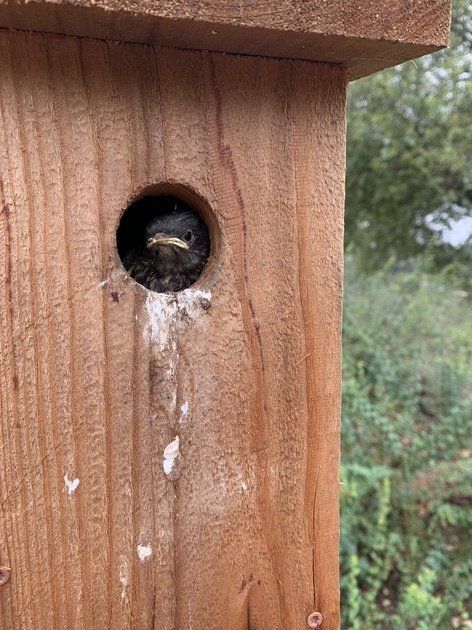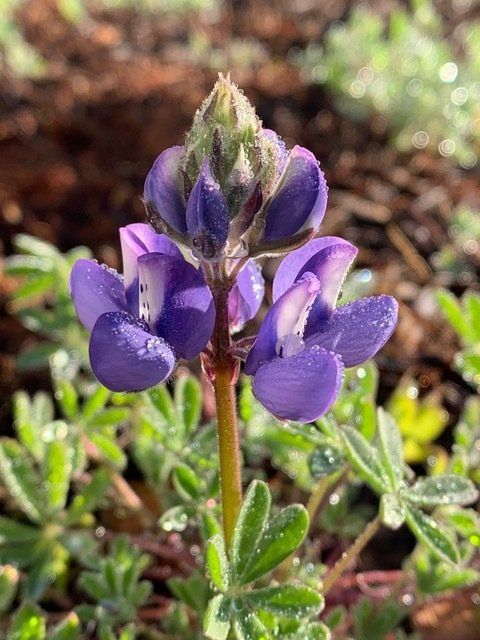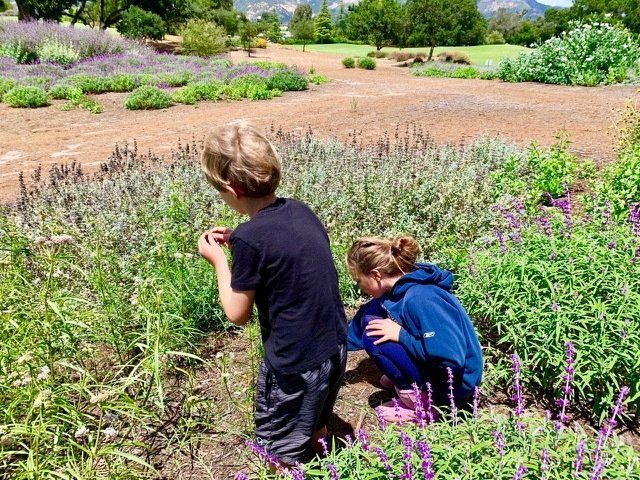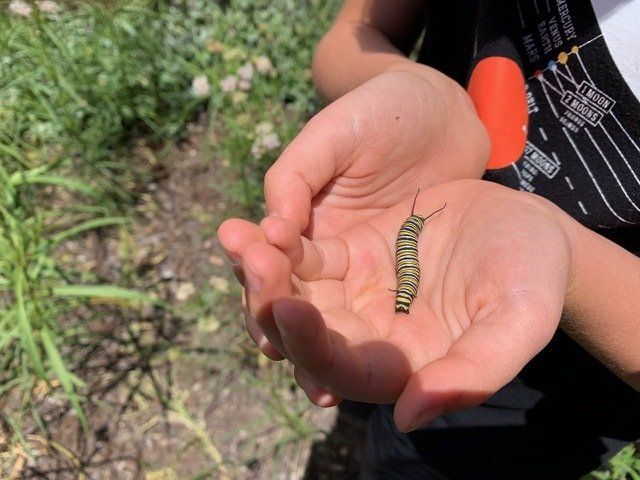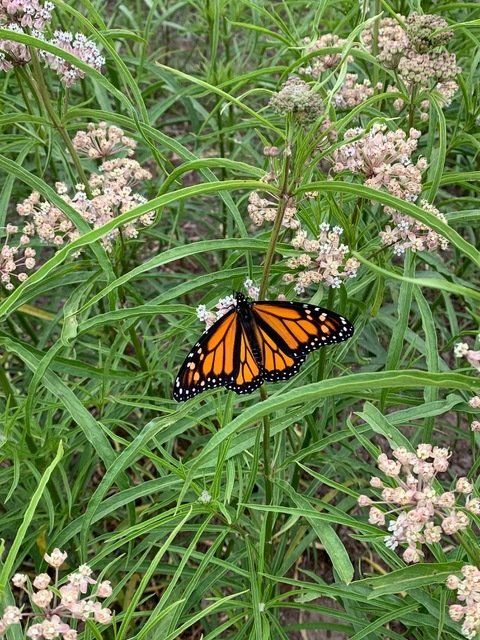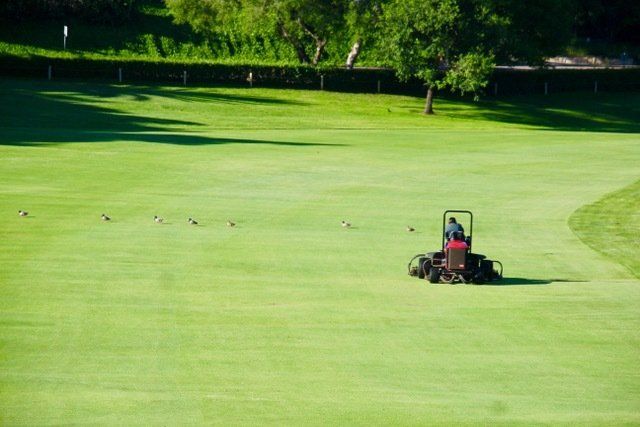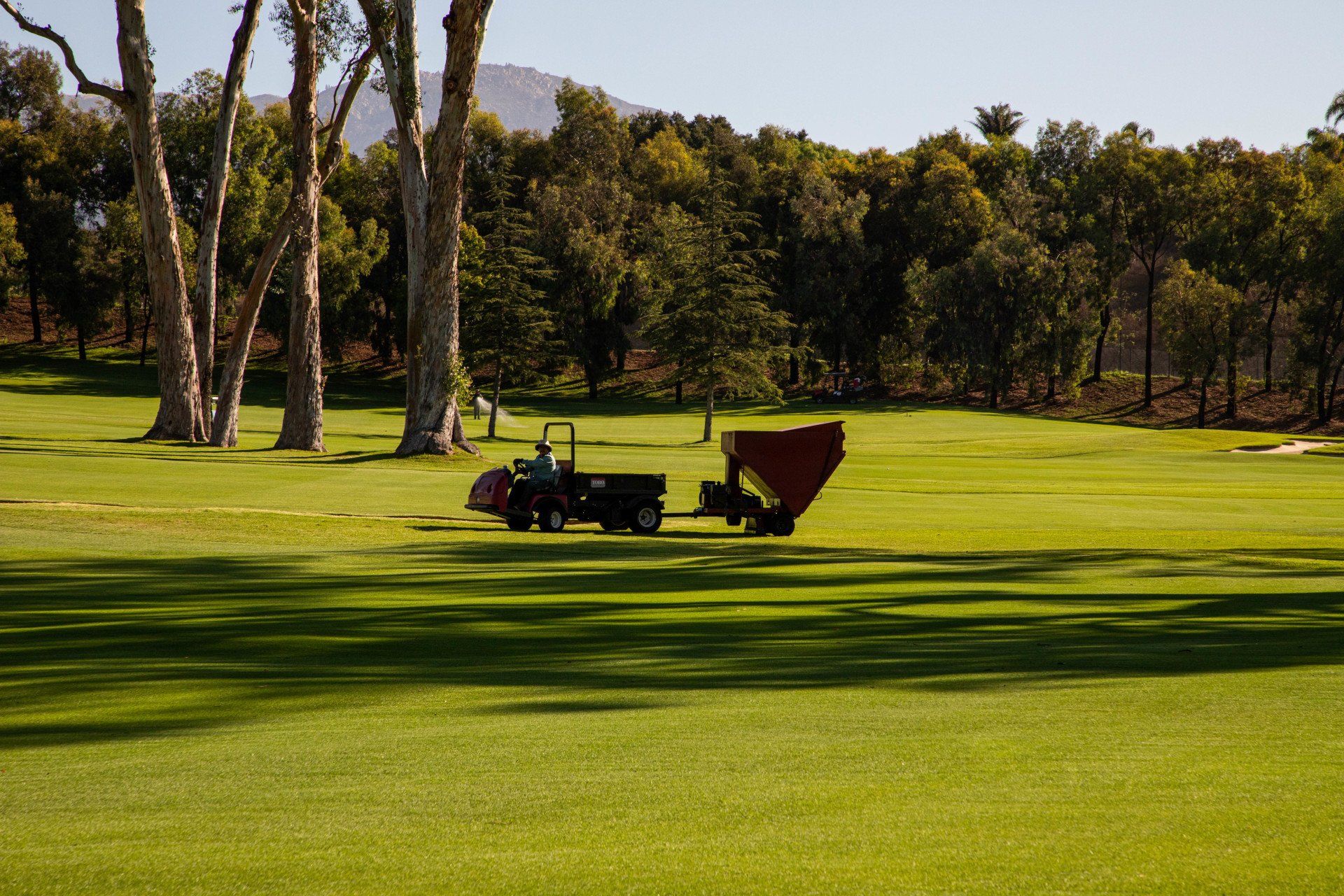Audubon
The Environmental Sanctuary
La Cumbre Country Club (LCCC) began an environmental stewardship program approximately three years ago. The first step started by signing up for the Audubon Cooperative Sanctuary Program for Golf Courses. In the summer of 2017, Audubon International certified LCCC as an Audubon Cooperative Sanctuary based on LCCC’s performance in the following areas: Environmental Planning; Wildlife and Habitat Management; Chemical Use Reduction and Safety; Water Conservation; Water Quality Management; Environmental Case Study; and, Outreach and Education.
LCCC plans to continue to go down the road of environmental sustainability by removing more turf from irrigation, removing casual drainage into Arroyo Burro Creek, planting more native plants, implementing more best management practices, and evaluating further energy conservation projects. We feel that LCCC will continue to be recognized for these efforts nationally in the golf community.
A Place to Nest
In 2019, an estimated 132 nestlings and seven barn owls fledged from the nest boxes at the LCCC. With assistance from Beau Tindall (SBAS intern) and Johanna Kisner (Principal Biologist at KR&EC), David banded 98 western bluebirds and 20 tree swallows.
Due to the protective nature of barn owls and the nest boxes' inaccessibility, these were only checked periodically using a video camera on an extendable pole. In 2019, a Bluetooth-compatible GoPro5 camera was used; it communicated wirelessly with the iPhone allowing for real-time review of the nest contents while recording the later review event.
Off the 4th Hole
You'll find the beautiful cluster of flowers ideal for Monarch habitats. These pollinating plants attract the Monarch's and give them a place to stay. Opening up areas like this help Monarch's overall population numbers and makes for beautiful scenery to play golf.


